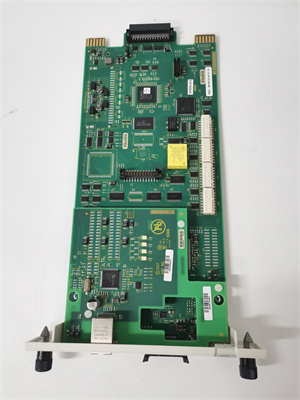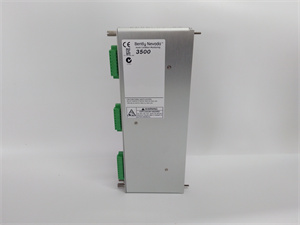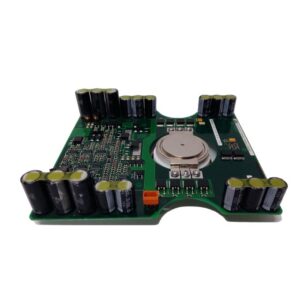Description
1. Product Description
The ABB SPBRC410 is a high-performance bridge controller designed for industrial automation and control systems, featuring a Modbus TCP interface for seamless communication. As part of ABB’s Symphony Plus Control System and Harmony Rack series, the SPBRC410 enables efficient data exchange between devices, supporting supervisory control, data acquisition (SCADA), and process optimization. Its core functions include real-time monitoring, programmable logic control, and compatibility with Ethernet-based networks. The controller’s modular design and rugged construction make it suitable for harsh industrial environments, ensuring reliable operation in manufacturing, energy, and transportation sectors.
2. Product Parameters
| Parameter | Specification |
|---|---|
| Brand | ABB |
| Model | SPBRC410 |
| Input Voltage | 24 VDC |
| Communication Interface | Modbus TCP (Ethernet) |
| Digital Inputs | 8 |
| Digital Outputs | 4 |
| Operating Temperature | -10°C to 60°C |
| Dimensions (W×H×D) | 203.2 mm × 254 mm × 101.6 mm |
| Weight | N/A |
| Compatibility | ABB Symphony Plus, Modbus TCP devices |
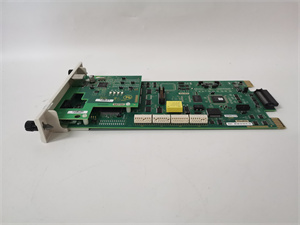
SPBRC410
3. Advantages and Characteristics
- Powerful Communication: Supports Modbus TCP protocol with unicast, broadcast, and multicast modes for flexible network integration.
- Industrial-Grade Reliability: Rigorous testing ensures stability in extreme temperatures and harsh conditions (e.g., dust, vibration).
- Programmable Flexibility: Customizable via programming languages/tools for application-specific logic (e.g., industrial machinery control).
- Rich Interfaces: Includes RS-232/485 ports for seamless integration with sensors, actuators, and legacy systems.
- Energy Efficiency: Low-power design reduces operational costs while maintaining high performance.
4. Application Fields and Cases
Industries: Manufacturing, energy (power plants, solar), transportation (rail/vehicles), water treatment, and building automation (HVAC).
Case Study: A manufacturing plant integrated the SPBRC410 into its production line to manage real-time data from 50+ sensors. The controller’s Modbus TCP interface streamlined communication between PLCs and SCADA systems, reducing downtime by 20% and improving throughput efficiency.
Case Study: A manufacturing plant integrated the SPBRC410 into its production line to manage real-time data from 50+ sensors. The controller’s Modbus TCP interface streamlined communication between PLCs and SCADA systems, reducing downtime by 20% and improving throughput efficiency.
5. Competitor Comparison
Compared to similar controllers, the SPBRC410 offers superior Modbus TCP compatibility with zero proprietary hardware requirements (uses standard Ethernet components). Its compact design and built-in diagnostic tools simplify installation and maintenance, delivering a 15% cost savings over competitors in large-scale projects.
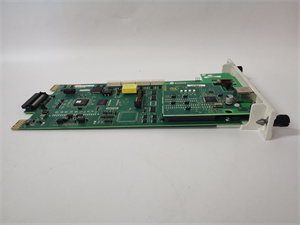
SPBRC410
6. Selection Recommendations
- Compatibility: Ensure compatibility with existing ABB systems (e.g., Symphony Plus) or Modbus TCP networks.
- Environment: Verify operating temperature (-10°C to 60°C) and IP ratings for installation conditions.
- Scalability: Choose based on input/output needs (8 DI/4 DO) and expansion options (e.g., modular racks).
- Budget: Balance features (e.g., Ethernet support) with cost, as the SPBRC410 offers competitive pricing for its performance.
7. Precautions
-
Installation: Follow ABB’s manual for proper wiring and IP address configuration to avoid network conflicts.
-
Safety: Use electrostatic discharge (ESD) protection during handling.
-
Maintenance: Regularly update firmware and inspect connections for wear.
-
Compliance: Adhere to local safety standards (e.g., CE, RoHS).


